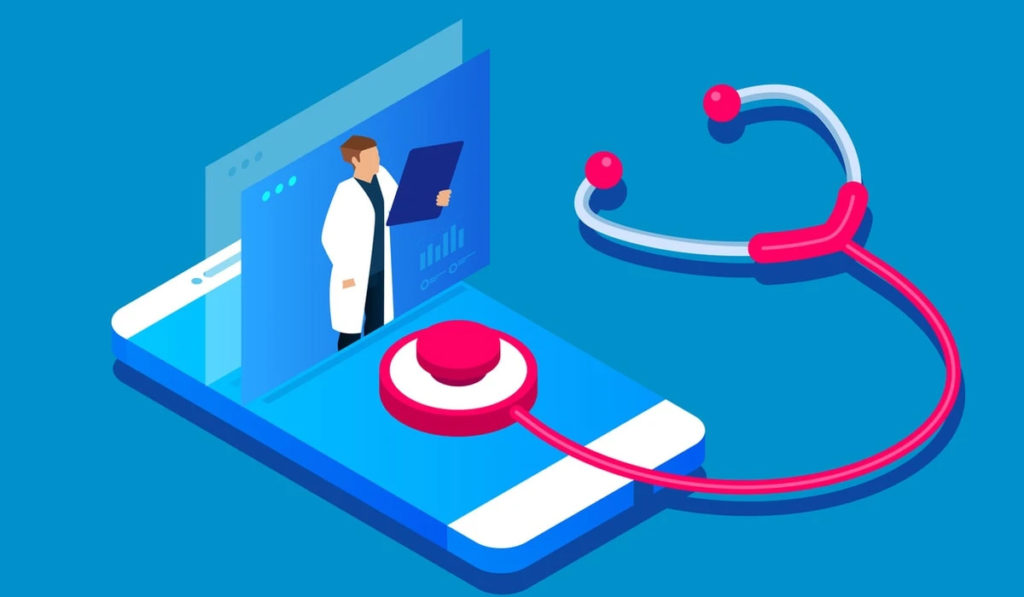
Technology has transformed life as we knew it in many ways, though the change has accelerated with the once-in-a-century health crisis.
Digital connections are giving way to a virtual workplace, remote learning and more online shopping.
But the impact of technology doesn’t end there. It is also how we visit the doctor, whether it’s for a wellness check-up, the flu or a mental health condition.
Telehealth is not new, but it is rapidly gaining acceptance. Research conducted by McKinsey found that adoption of telehealth rose by 46% in April of 2020, at a time during the global pandemic when patients’ ability to see their doctors was severely restricted. Even before the pandemic, a 2019 study published by The American Journal of Managed Care revealed that nearly 67% of patients and 59% of clinicians reported no difference in the “overall quality of visits” for virtual vs. in-office care.
What is most encouraging to those of us who work in the industry is that telehealth removes transportation and other barriers, giving more people access to care.
Terros Health patients are excellent examples of this. From their desktop computer to a laptop or a smartphone, they can connect — usually the same day — with a caregiver to tend to their physical or mental health needs, or to join an individual or group counseling session. They can connect from their digital device at home or from a telemedicine-equipped room at one of our 17 health centers.
When our team pivoted to telehealth visits, we worried that patients would encounter issues. Instead, we have seen a positive increase in patient engagement from therapy appointments, group counseling and primary care. Many of our patients have told us that telehealth makes it easier for them to see a provider and get the quality of treatment they need.
That doesn’t mean that telehealth is the only way to see a caregiver or join a group therapy session. Our team is still seeing patients in person.
But there is another benefit of telehealth. Using an innovative electronic health record (EHR) platform called NextGen Enterprise with NextGen Virtual Visits, Terros Health is able to integrate medical and behavioral health data into a single system, giving clinicians access to a patient’s complete or whole health record. The results: improved efficiencies and coordination of care, fewer administrative errors and — best of all — improved outcomes for patients.
This is significant, especially considering the rise in the number of patients with mental health conditions, including many who have never visited the doctor for such conditions.
In March 2020, an estimated 45 million people — about 20% of American adults — were diagnosed with a mental health condition, according to data by the Centers for Disease Control and Prevention. By June, that number surged to more than 40%, likely because of the isolation, economic hardships and other effects of COVID-19.
Thankfully, Arizona and the nation are beginning to see the light at the end of the tunnel as it relates to COVID-19. We are not out of the woods yet, but the outlook is certainly promising.
What that means for telehealth remains to be seen. In the meantime, this virtual connection is offering hope that patients can get the care they need quickly, easily and from just about anywhere.
Nathan Lamberth is a licensed professional counselor and integrated site director at Terros Health, a health care company focused on the whole person, providing primary care and specializing in mental health and substance-use treatment.


















